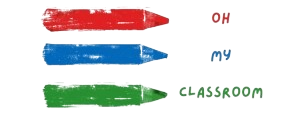Preschoolers are a lively bunch, full of energy and excitement.
Keeping them engaged and entertained can be a challenge, especially when you have a large group of little ones to look after.
That’s why we’ve compiled a list of 20 large group activities for preschoolers that are sure to delight and captivate even the most energetic of youngsters.
Whether you’re a teacher, a parent, or a caregiver, these activities are perfect for getting kids moving, learning, and having fun together.
Scavenger Hunt:

Scavenger hunts are a classic activity that preschoolers love. Divide the children into teams and give them a list of items to find. You can set up the hunt indoors or outdoors, depending on the weather and your preference. You can include simple items like a leaf, a rock, a feather, or a flower. Make sure the children are supervised and have clear instructions. The first team to find all the items wins a prize. This activity promotes teamwork, problem-solving, and exploration.
Bubble Bonanza:
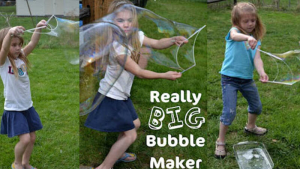
Preschoolers love bubbles! Create a bubble station and provide different sizes and shapes of bubble wands. You can also include bubble machines to make the experience more exciting. Encourage the children to experiment with the wands and see who can blow the biggest bubble. You can also have a bubble-popping contest to add a fun twist. This activity promotes creativity, hand-eye coordination, and sensory exploration.
Related: 20 Exciting Jumping Activities for Preschoolers
Obstacle Course:
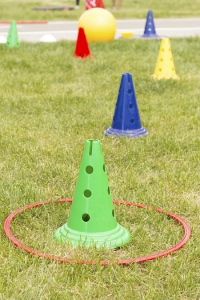
Obstacle courses are a great way to get preschoolers moving and developing their gross motor skills. You can use cones, hula hoops, tunnels, balance beams, and other items to create a course. Make sure the course is safe and age-appropriate. Encourage the children to complete the course as fast as they can or compete against each other. This activity promotes physical development, coordination, and perseverance.
Craft Time:
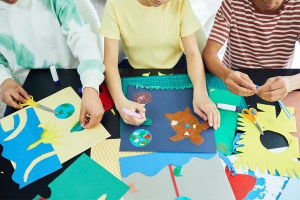
Crafts are a great way to engage preschoolers and help them develop their fine motor skills. Choose a simple craft that is appropriate for their age and skill level. You can provide materials like paper, glue, scissors, markers, stickers, and glitter. Encourage the children to use their creativity and make their own unique creations. You can also have a show-and-tell session to showcase their work. This activity promotes creativity, fine motor skills, and self-expression.
Related: 25 Outdoor Games for 4 – 5 Year Olds
Story Time:
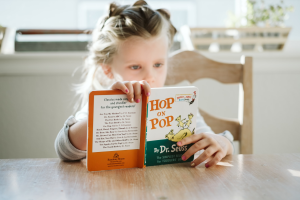
Reading is an essential part of a child’s development, and preschoolers love to listen to stories. Choose a book that is appropriate for their age and interests. You can also use props, puppets, or felt boards to make the story more engaging. Encourage the children to participate by asking questions, making predictions, or retelling the story in their own words. This activity promotes literacy, language development, and imagination.
Musical Chairs:

Musical chairs is a classic game that preschoolers love to play. Set up chairs in a circle, one less than the number of children playing. Start playing music and ask the children to walk around the chairs. When the music stops, the children must quickly sit on a chair. The child who doesn’t find a chair is out, and one chair is removed. The game continues until one child is left, and they are the winner. This activity promotes listening skills, following directions, and socialization.
Sensory Bins:

Sensory bins are a great way to engage preschoolers’ senses and help them develop their fine motor skills. Fill a bin with items like rice, sand, or water beads and include items like scoops, cups, and toys. Encourage the children to explore the bin and experiment with the items. You can also include a theme like a farm or a beach to make the experience more exciting. This activity promotes sensory exploration, fine motor skills, and creativity.
Nature Walk:

Nature walks are a great way to get preschoolers outside and explore the world around them. Take the children on a walk and encourage them to look for interesting things like leaves, flowers, rocks, and insects. You can also include a scavenger hunt or a nature bingo game to make the experience more engaging. This activity promotes curiosity, observation skills, and a love of nature.
Related: 20 Summer Activities for Preschoolers
Freeze Dance:
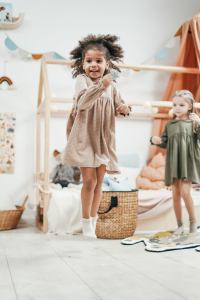
Freeze dance is a fun activity that gets preschoolers moving and developing their listening skills. Start playing music and ask the children to dance. When the music stops, the children must freeze in their positions. Anyone who moves is out, and the game continues until one child is left. You can also ask the children to freeze in certain poses like a tree or a robot. This activity promotes listening skills, following directions, and physical development.
Science Experiments:
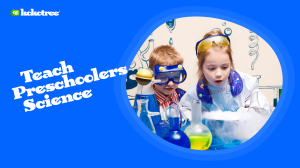
Science experiments are a great way to introduce preschoolers to basic scientific concepts and help them develop their observation and critical thinking skills. Choose simple experiments like mixing colors, making slime, or creating volcanoes. Encourage the children to participate and observe the results. You can also ask them questions like, “What do you think will happen?” or “Why do you think that happened?” This activity promotes scientific inquiry, critical thinking, and experimentation.
Puppet Show:

Puppet shows are a great way to engage preschoolers’ imagination and creativity. You can use hand puppets, sock puppets, or finger puppets to tell a story. Choose a story that is appropriate for their age and interests and practice beforehand. Encourage the children to participate by asking questions or making suggestions. You can also have them create their own puppets and perform their own shows. This activity promotes imagination, storytelling, and self-expression.
Indoor Bowling:
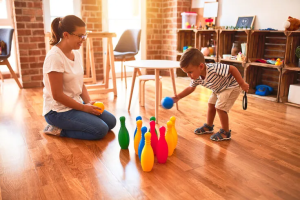
Indoor bowling is a fun activity that helps preschoolers develop their gross motor skills and hand-eye coordination. Use plastic or foam bowling sets and set up the pins. Encourage the children to take turns rolling the ball and knocking down the pins. You can also have a competition or try different variations like blindfold bowling or bowling with a balloon. This activity promotes physical development, hand-eye coordination, and friendly competition.
Yoga:
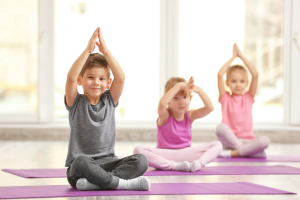
Yoga is a great way to help preschoolers develop their balance, coordination, and mindfulness. Choose simple poses like downward dog, tree pose, or cat-cow. Use books, videos, or songs to guide the practice. Encourage the children to breathe deeply and focus on their movements. You can also include a relaxation or visualization exercise at the end. This activity promotes physical development, mindfulness, and self-regulation.
Building Blocks:
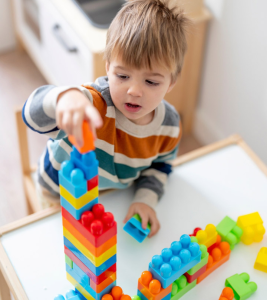
Building blocks are a classic toy that preschoolers love to play with. Provide different sizes and shapes of blocks and encourage the children to build their own creations. You can also include a challenge like building the tallest tower or the most creative structure. This activity promotes spatial awareness, problem-solving, and creativity.
Cooking:
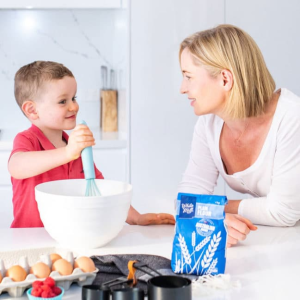
Cooking is a great way to help preschoolers develop their math and science skills and promote healthy eating habits. Choose simple recipes like fruit salad, smoothies, or homemade pizzas. Encourage the children to participate in the preparation and cooking process. You can also include a taste test or a food group lesson to make the experience more educational. This activity promotes math and science skills, healthy eating habits, and cooperation.
Circle Time Activities:
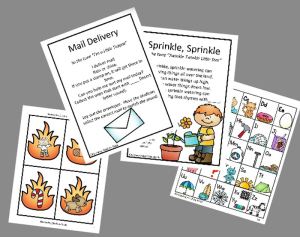
Circle time activities are a great way to promote socialization and learning in a large group of preschoolers. Some popular circle time activities include singing songs, playing games, and telling stories. These activities help preschoolers develop their communication and listening skills, as well as their ability to follow rules and take turns. Additionally, circle time can be used to introduce new concepts and ideas in a fun and engaging way. Overall, circle time is an essential part of any preschool curriculum and provides a valuable opportunity for children to learn and grow together.
Pom Pom Wall:
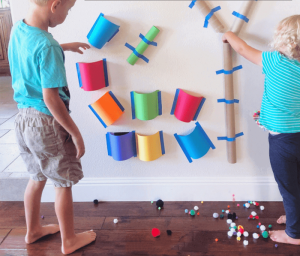
The Pom Pom Wall is a hands-on activity that helps preschoolers develop their fine motor skills and hand-eye coordination. The activity involves attaching a piece of cardboard or foam board to a wall and providing the children with different colored pom poms. The children can then use clothespins or tongs to pick up and attach the pom poms to the board, creating a colorful and textured design. This activity promotes creativity, problem-solving, and fine motor skills. It can also be expanded to include discussions about colors or patterns. Overall, the Pom Pom activity is a fun and engaging activity for preschoolers.
Learn the Alphabet Bingo Game:
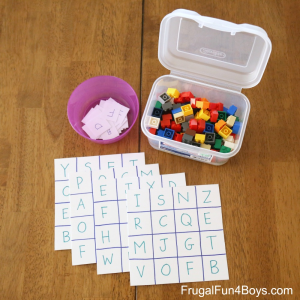
The Learn the Alphabet Bingo game is a fun and interactive way to help preschoolers learn and recognize the letters of the alphabet. The game includes a set of bingo cards with different letters on each one. The teacher calls out a letter and the children mark the corresponding letter on their card. The first one to get a line or full card wins. This activity helps preschoolers develop their letter recognition skills and promotes a love of learning through a fun and engaging game. Additionally, it can be easily adapted to include different variations like sight words or numbers. Overall, the Learn the Alphabet Bingo game is a great addition to any preschool curriculum.
Oil and Water Science Exploration:
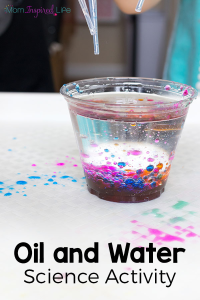
Oil and water science exploration is a hands-on activity that teaches preschoolers about the properties of liquids. The activity involves adding food coloring to a container of water and then pouring oil on top. The children can observe how the oil and water do not mix and the food coloring sinks through the oil and mixes with the water. This activity promotes scientific inquiry and critical thinking, as well as sensory exploration. It can also be expanded to include discussions about the water cycle or pollution. Overall, oil and water science exploration is a fun and educational activity for preschoolers.
Magic Milk Science Experiment:
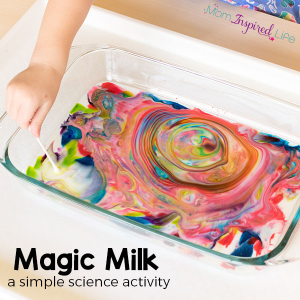
The Magic Milk Science Experiment is a simple and fun activity that introduces preschoolers to the concept of chemical reactions. The activity involves adding drops of food coloring to a shallow dish of milk and then adding a drop of dish soap. The children can observe how the dish soap reacts with the fat molecules in the milk, causing the colors to swirl and mix. This activity promotes scientific inquiry and critical thinking, as well as sensory exploration. It can also be expanded to include discussions about color mixing or the properties of soap. Overall, the Magic Milk Science Experiment is a fun and engaging way to introduce preschoolers to science.
